Serpentine Gallery Summer Pavilion 2012 designed by Herzog & de Meuron and Ai Weiwei
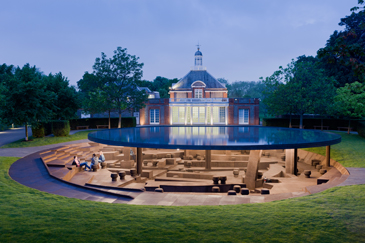
The crowds making their way across across Hyde Park to the Serpentine Gallery surely prayed that the ominous black clouds overhead would withhold from ruining the glorious sunshine. Of course there was nothing to fear – it is after all a pavilion designed for a very English summer and as such has an expansive roof that doubles as a rain collector. On first glance this is all it seems: a reflecting pool overhanging an immaculate lawn.
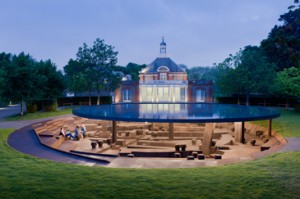
Serpentine Gallery Pavilion 2012 Designed by Herzog & de Meuron and Ai Weiwei. Image © 2012 Iwan Baan
It’s something of a calming experience, moving from the bright sunlight outside and peering into the darkness under the canopy. This is a space for contemplation and reflection, but also for investigation. The team excavated into the earth and revealed the foundations of the previous pavilions, building up a mesh of memories through their juxtaposing contours. The visitor is allowed to wander freely and explore these histories at their leisure. Above, the pool reflects the sky, which brings a constantly changing element to the unmoving solidness of the historic imprints. Ghosts of previous years clamour to be heard.
According to the designers’ statement the canopy can be drained, which then opens up the top level of the space for people to dance. It is this dynamism that makes the piece so intriguing – the mixture between passivity and movement. Just as Herzog & de Meuron described the post-Olympic activation of the Bird’s Nest stadium as a social space, so too will the pavilion have the potential to incite new social and cultural interactions. This also opens up a dialogue with the Beijing Olympic games, meaning there is not only an exploration of memory on a local scale but also on a global one.
The pavilion project took a surprisingly short six months from initiation to completion, and will run for a total of three months. It is a budget-less enterprise – relying instead on the support of friends and the sale of the piece itself. The Serpentine works with the designers and architects in the same, open way as they do with the artists within the gallery, and gives them the opportunity to work in a way in which they possibly have not worked before. In her introductory speech, Julia Peyton-Jones explained that throughout the working process a connection and friendship was built up whilst striving to make the impossible, possible.
Ai Weiwei himself has a long-standing relationship to architecture and is chiefly concerned with the loss of historical materials in China as a result of industrialisation and “progress”. He stated how he attempted to bring together art, design, architecture and social change to create new possibilities. Herzog & de Meuron professed their love of the Olympics, not particularly as a sporting event, but for the incredible enrichment of culture. Indeed, they gave thanks “for letting us misuse the 2012 event” and hoped that the result will be thrilling for the public in its archaeological approach.
Materials are a key part to the construction of the work and have been approached with a meticulous eye. From the roof, to the lights, to the cork that covers the whole of the inside of the space – everything has been selected for the purpose of invoking memory. The whole structure has the appearance of an archaeological dig, the canopy holding industrial-style lights to illuminate the geological features beneath. The use of cork is particularly interesting as it blurs the line between comfort and aesthetics. It was chosen principally for the colour and texture, which has a close similarity to earth, as well as for having a spring underfoot, which gives a “live” feeling – in Herzog & de Meuron’s words: “A natural material with great haptic and olfactory qualities”. However, the acoustic qualities should not be ignored either, as the air is deadened to make it feel as though you are underground.
Of course this is not simply a conceptual piece – as it is a pavilion it also serves a purpose as a platform for events throughout the summer including the Memory Marathon, curated by Hans Ulrich Obrist in October.
I highly recommend popping in here if you’re in the vicinity, or make the special trip to one of the park night events. I know I’ll be returning to discover just what will be involved in the aforementioned Memory Marathon.
Oliver Dickens
Serpentine Gallery Summer Pavilion 2012 is open from now until 14th October 2012, when it closes with Hans Ulrich Obrist’s Memory Marathon. Park Nights, exploring ideas of memory and archaeology, will be running every Friday.


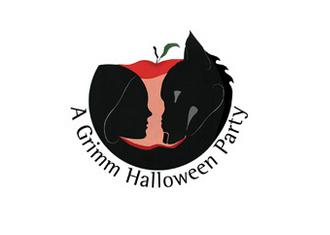

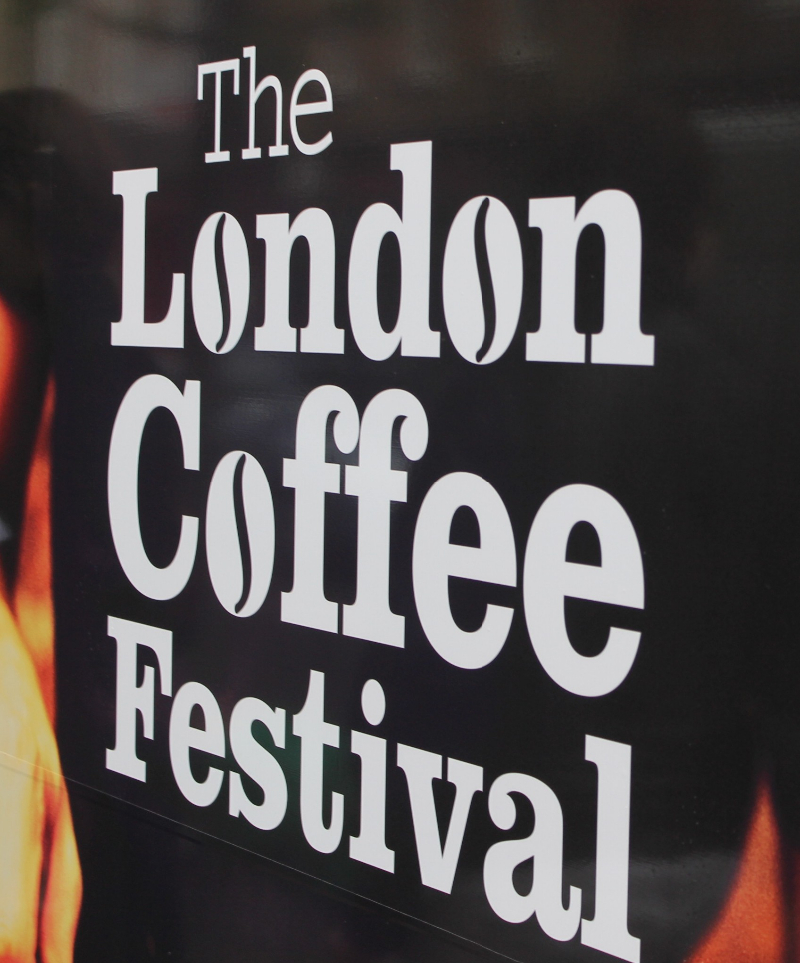
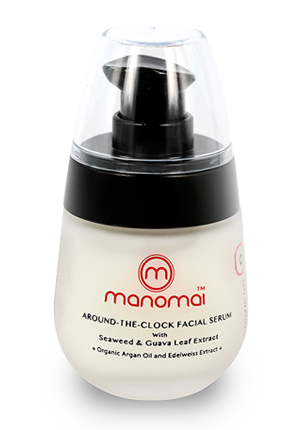
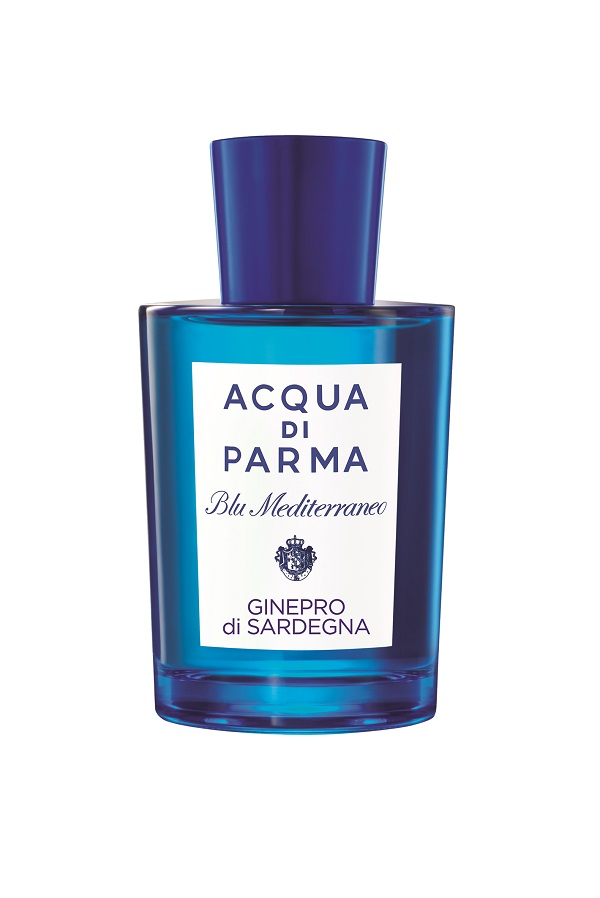
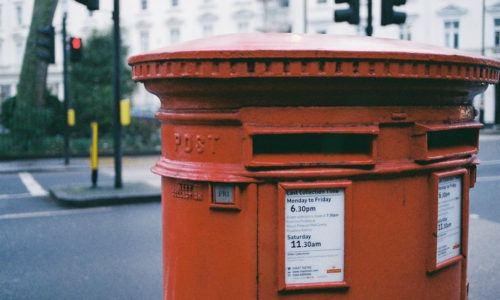










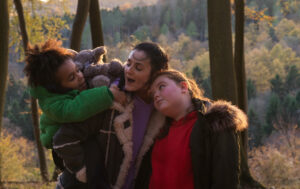





Facebook
Twitter
Instagram
YouTube
RSS